Why draw to communicate
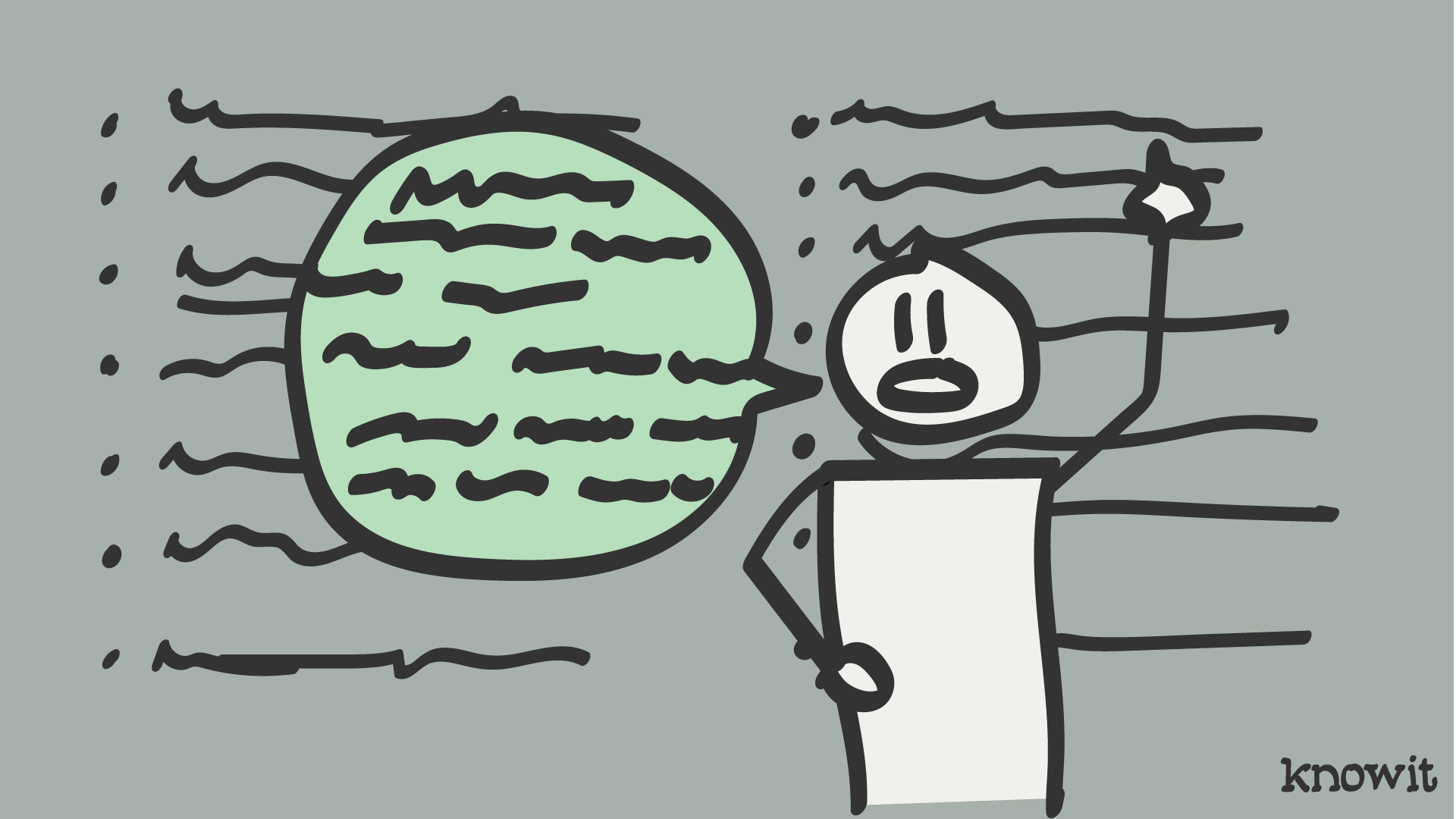
Most people say they can’t draw. Well, everybody can draw, we’ve all done it at some point in time. However, for most people, the result is just not that great. But that doesn’t matter. We’re not entering galleries, we’re trying to communicate with our colleagues. And with a little training, you will be able to reap the benefits of combining verbal communication and drawing. Not many of us are poets, but we write text every day. And not many of us are visual artists, but we should draw and stop worrying so much about it looking perfect.
But first:
Why words aren’t the best way of communicating
Words can be quick to write, but why don’t they always work that well? It’s partly hidden in this historical quote by the French mathematician and philosopher Blaise Pascal:
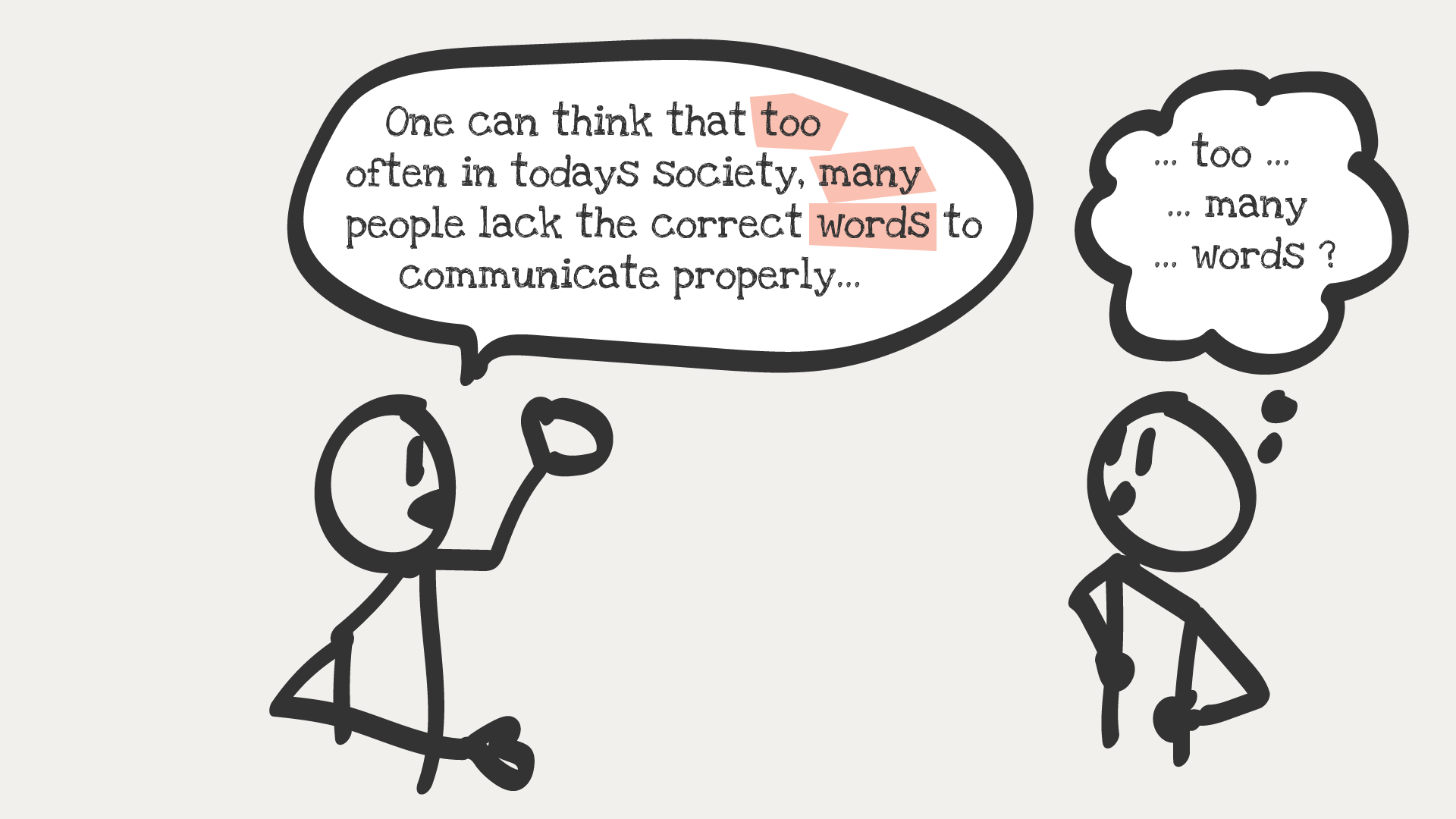
So why write less? Because too many words make the message harder to understand. Writing is easy, communicating with words is hard. Things you write for communication purposes can quickly become overwhelming and lacking focus.
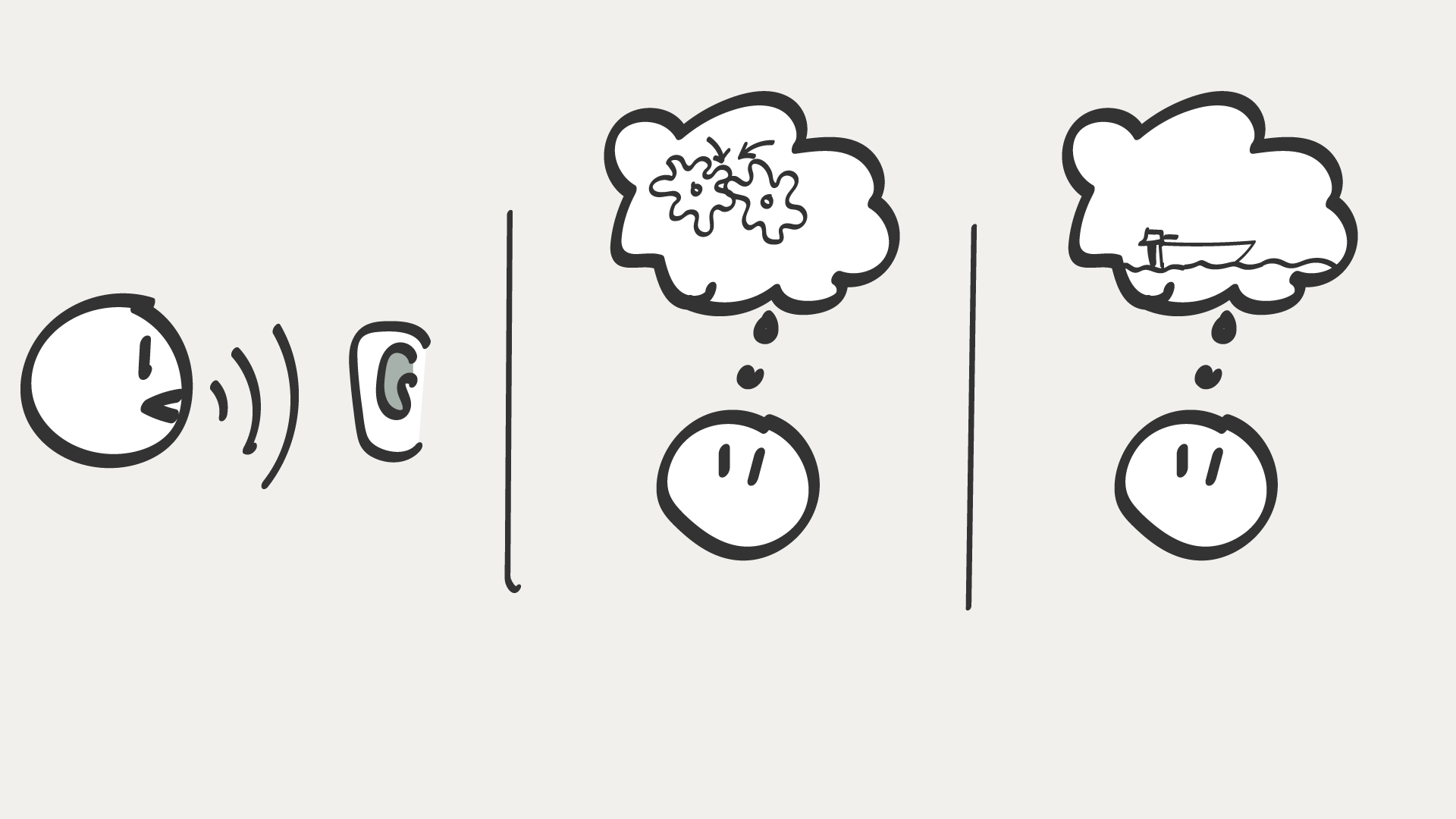
The listener needs time to interpret words before an image is created in their mind, and it is often inaccurate. In a PowerPoint or Keynote setting, presenting words-heavy slides will make your audience feel overwhelmed by reading and listening at the same time. This creates confusion.
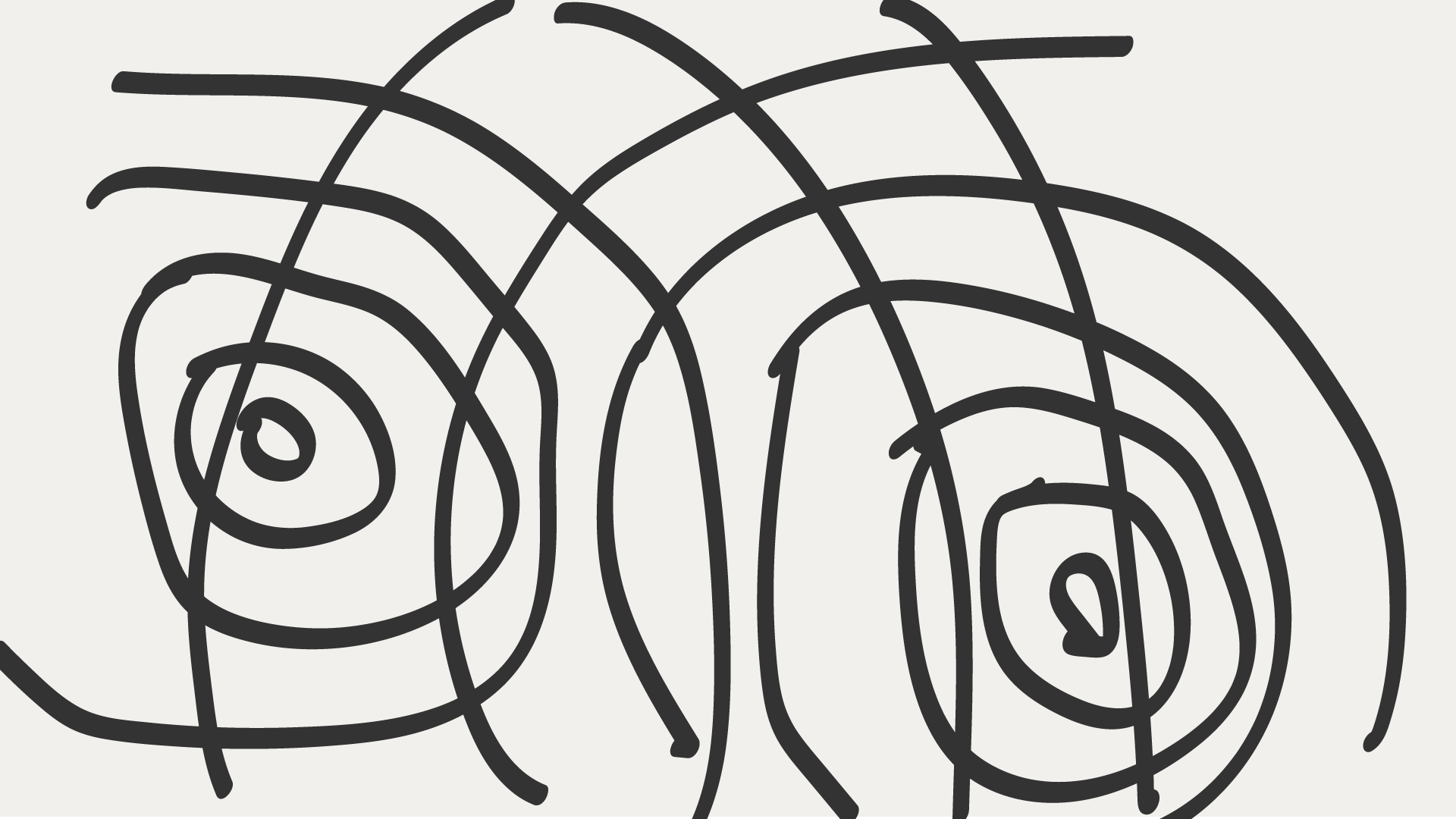
Why drawing works well
There isn’t that much to say about drawing. A drawing just works, straight out of the box. The audience member doesn’t need to spend a lot of time interpreting it.
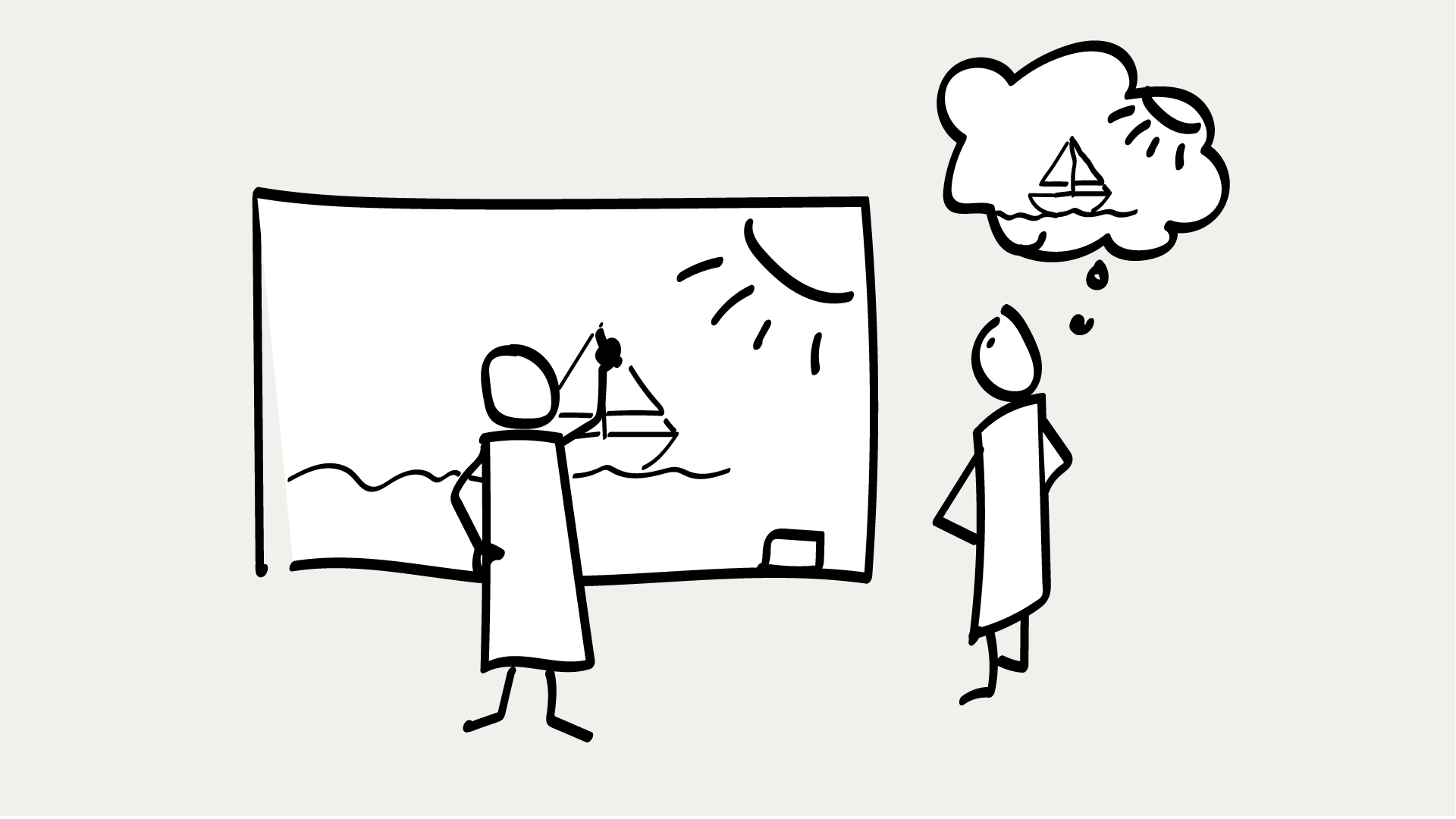
Of course, you can’t communicate everything with drawings, but it’s a good way to visualize main concepts, starting points, and hooks in your story. It ensures that you and the people you’re talking to are on the same page, straight away. No more demo-days with big surprises.
Distributed work is great, but…
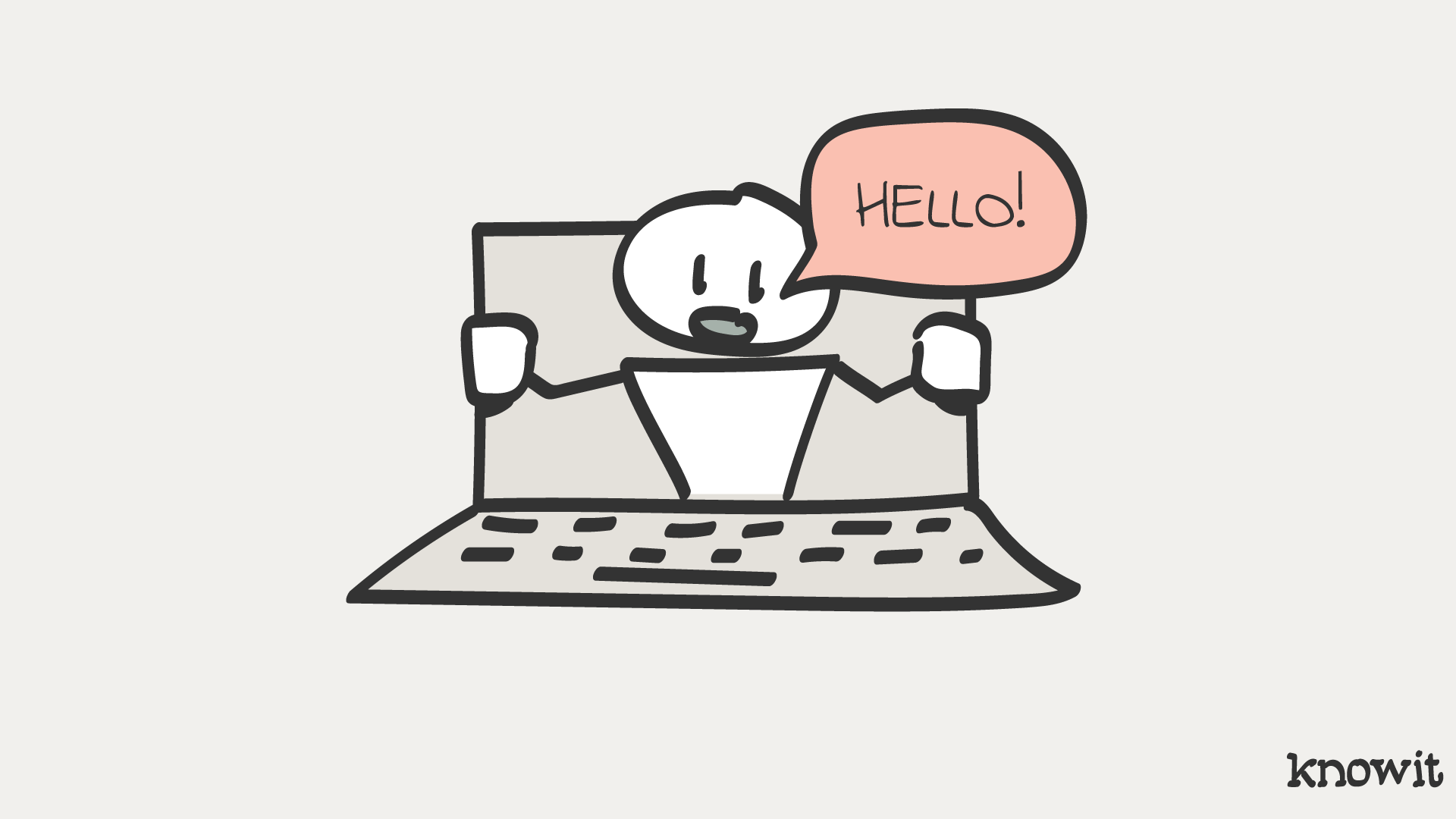
Distributed work can be good for a lot of reasons, but communicating from behind screens isn’t the same as being in the same room. In order for you to get through to the person on the other side of your screen, you need more effective ways of communicating.
And who could benefit from this?
Anyone and everyone! This is not just for designers, but also for developers, product owners, architects, business managers et al.
And then the “how”-part — Want to give it a try?
Check out “The Definitive do-it-yourself workshop kit”.
Or maybe you want us to facilitate a “Drawing to communicate workshop in Miro” for you?

